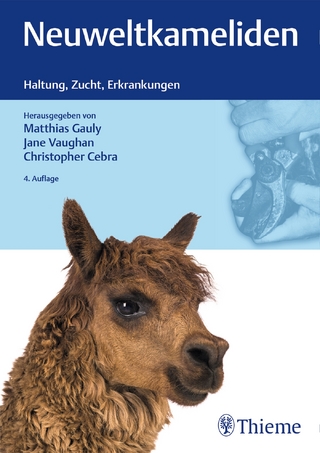
Introduction and spread of lumpy skin disease in south, east and southeast Asia
qualitative risk assessment and management
Seiten
2021
Food & Agriculture Organization of the United Nations (FAO) (Verlag)
978-92-5-133563-5 (ISBN)
Food & Agriculture Organization of the United Nations (FAO) (Verlag)
978-92-5-133563-5 (ISBN)
Presents the latest information available on Lumpy skin disease (LSD) in South, Southeast and East Asia. The publication describes the complex bovine value chain in the region and provides an overview of control and prevention approaches.
Lumpy skin disease (LSD) is a vector-borne disease of cattle and Asian water buffalo that is included on the OIE (World Organisation for Animal Health) list of notifiable diseases. In July 2019 LSD was introduced to Bangladesh, China and India and then spread to Nepal and Bhutan and in 2020 to various provinces of China and India.A qualitative risk assessment was conducted to assess the likelihood of introduction and/or spread of LSD in 23 countries in South, East and Southeast Asia based on information available up to 31 October 2020.The economic impact of LSD for South, East and Southeast countries was estimated to be up to USD 1.45 billion in direct losses of livestock and production. These losses may be higher, due to the severe trade implications for infected countries. This document provides an overview of LSD control approaches, including prevention. The cost-effectiveness estimation demonstrates a strong economic justification for vaccination and advocates for a regional approach to harmonize control measures
Lumpy skin disease (LSD) is a vector-borne disease of cattle and Asian water buffalo that is included on the OIE (World Organisation for Animal Health) list of notifiable diseases. In July 2019 LSD was introduced to Bangladesh, China and India and then spread to Nepal and Bhutan and in 2020 to various provinces of China and India.A qualitative risk assessment was conducted to assess the likelihood of introduction and/or spread of LSD in 23 countries in South, East and Southeast Asia based on information available up to 31 October 2020.The economic impact of LSD for South, East and Southeast countries was estimated to be up to USD 1.45 billion in direct losses of livestock and production. These losses may be higher, due to the severe trade implications for infected countries. This document provides an overview of LSD control approaches, including prevention. The cost-effectiveness estimation demonstrates a strong economic justification for vaccination and advocates for a regional approach to harmonize control measures
| Erscheinungsdatum | 23.03.2021 |
|---|---|
| Reihe/Serie | FAO animal production and health paper |
| Zusatzinfo | col. ill., col. figs, tables |
| Verlagsort | Rome |
| Sprache | englisch |
| Themenwelt | Veterinärmedizin ► Großtier |
| Weitere Fachgebiete ► Land- / Forstwirtschaft / Fischerei | |
| ISBN-10 | 92-5-133563-X / 925133563X |
| ISBN-13 | 978-92-5-133563-5 / 9789251335635 |
| Zustand | Neuware |
| Haben Sie eine Frage zum Produkt? |
Mehr entdecken
aus dem Bereich
aus dem Bereich
Arbeitstechniken in der Pferde- und Eselpraxis - MemoVet
Buch | Softcover (2018)
Schattauer (Verlag)
CHF 72,90
ein Leitfaden zur Diagnostik, Therapie und Prophylaxe bei Lamas und …
Buch | Hardcover (2023)
Schlütersche (Verlag)
CHF 208,55


